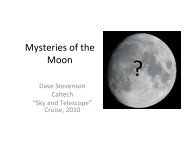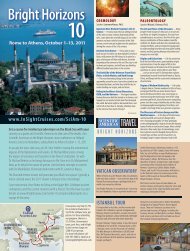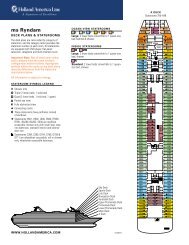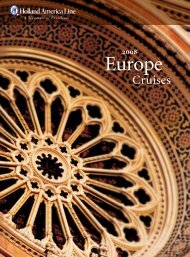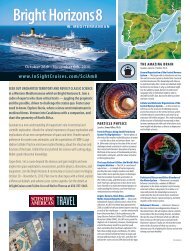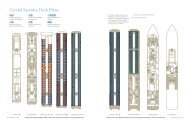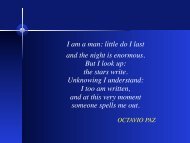Croatian cultural heritage - Business - Hrvatska turistiÄka zajednica
Croatian cultural heritage - Business - Hrvatska turistiÄka zajednica
Croatian cultural heritage - Business - Hrvatska turistiÄka zajednica
Create successful ePaper yourself
Turn your PDF publications into a flip-book with our unique Google optimized e-Paper software.
15<br />
18 19 20<br />
old forts and fortresses at the tops of mountains, romantic<br />
castles, fortresses and palaces, gorgeous churches and valuable<br />
museums.<br />
Central Croatia comprises a series of small historical regions<br />
- the hilly <strong>Croatian</strong> Zagorje region in the north of Zagreb,<br />
Međimurje between the rivers Mura and Drava, the plains<br />
of Podravina along the river Drava, and Posavina along<br />
the river Sava, Banovina in the rocky south, and also Prigorje,<br />
Moslavina, Turopolje and Žumberak. Therefore, the<br />
<strong>Croatian</strong> capital, Zagreb, in the centre of this region, offers<br />
its citizens a number of different contents in its surroundings.<br />
Since in its distant past, the centre of the <strong>Croatian</strong> state<br />
was in its coastal area, the most valuable <strong>cultural</strong> monuments<br />
in central Croatia refer to the late Middle Ages and<br />
Modern Age, although it also has many prehistoric and ancient<br />
monuments.<br />
The densely populated <strong>Croatian</strong> Zagorje, known for its<br />
beautiful hills, such as “Vinogorje”, the vineyard hill, holds a<br />
special place in Central Croatia (1). To the picturesque rural<br />
landscape contribute many votive crucifixes that can be<br />
seen along the way. (14)<br />
<strong>Croatian</strong> Zagorje is also known as the birthplace of many<br />
famous Croats. The most famous among them was Josip<br />
Broz Tito, leader of the anti-fascist movement and longtime<br />
president of the Socialist Yugoslavia, born in the village of<br />
Kumrovec. There is now a unique outdoor ethno-museum<br />
in the village, which consists of a series of original country<br />
houses in which the way of life of people in the past is presented<br />
(11). One of them is the birth house of Josip Broz,<br />
with a statue of him in front of it (3). Also from the <strong>Croatian</strong><br />
Zagorje is the leader of the <strong>Croatian</strong> national revival in the<br />
19th century and the first president of the independent<br />
<strong>Croatian</strong> state, Franjo Tuđman.<br />
It is in the capital of the <strong>Croatian</strong> Zagorje, Krapina, that<br />
the most important paleonthological site in Croatia can be<br />
found - the site of the Krapina Neanderthal man. Next to<br />
the discovery site is the Krapina Neaderthal Museum (10),<br />
which opened in 2010. According to many, it is the most attractive<br />
<strong>Croatian</strong> museum, depicting the evolution of man,<br />
from prehistoric times to today. Next to the museum, in the<br />
park on the hill, is a collection of statues of the Neanderthal<br />
man (7) and of animals by which he was surrounded. The<br />
importance of this site was depicted on the cover of the "National<br />
Geographic" magazine in January 1996.<br />
To central Croatia, unfortunately, are linked the most terrible<br />
events and places of the <strong>Croatian</strong> past. One of these<br />
places is Jasenovac in Posavina, next to which in the Second<br />
World War was the notorious Ustasha concentration camp.<br />
46



